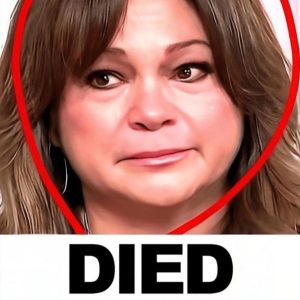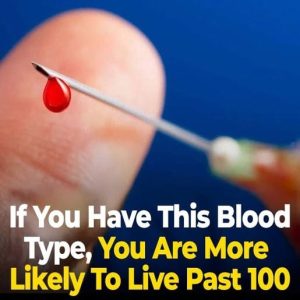As we age, visible veins—especially on the hands, arms, legs, and chest—often become more noticeable. This is usually a natural process and not a cause for concern.
One main reason is thinner skin. With age, the body produces less collagen and elastin, making the skin “less supple, and more transparent,” which reveals veins underneath. Loss of subcutaneous fat also reduces the “cushion” that once hid these veins.
Veins themselves also weaken over time. Aging causes vein walls and valves to lose elasticity, leading to slower blood flow and pooling. This can result in swollen veins or even varicose veins—twisted, enlarged veins often seen in people who sit or stand for long periods.
Sluggish circulation adds to this. Changes in blood pressure, hormones, and reduced physical activity may dilate veins, making them “appear darker and more noticeable.”
Genetics and lifestyle play a role too. Smoking, sun exposure, and lack of hydration can speed up skin thinning. Fit individuals with low body fat may also see more prominent veins due to increased muscle.
Visible veins are usually harmless, but sudden swelling, pain, or warmth could signal a medical issue. In most cases, they’re just part of aging—and can be treated cosmetically if desired.





